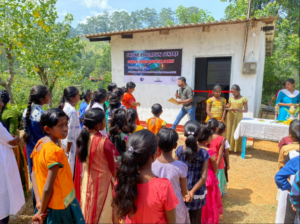
Reducing educational inequalities – Online Tutoring in the Central Highlands, Sri Lanka.
The measures target the minority of the mountain Tamils, who work predominantly on the remote tea plantations in the district of Kandy and Badulla in

The measures target the minority of the mountain Tamils, who work predominantly on the remote tea plantations in the district of Kandy and Badulla in

The World Bank’s latest situation report (2022) indicates that malnutrition among Sri Lanka’s rural population is a major health risk. Faced with political instability, economic
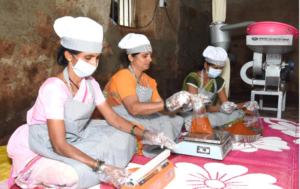
India has the lowest percentage of skilled labor among rural women because they depend only on agriculture. Indian rural women contribute greatly in household chores,
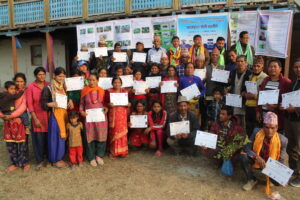
In the rural parts of Nepal, most people still live from agriculture – including in the communities of Sunapati, Doramba and Khadadevi in Ramechhap. The
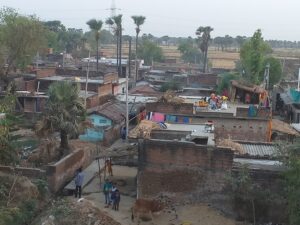
Bihar is one of the poorest states in India. More than two-thirds of the population there lives in rural areas, primarily from income from agriculture.
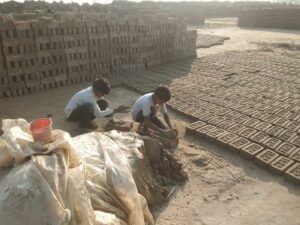
The organization Our Sansar was founded in February 2009 by Julia Krepska to support educational projects for disadvantaged children in communities in Nepal that do
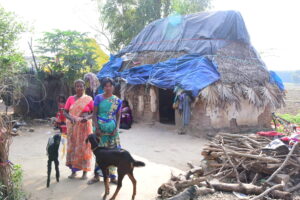
The women from Pichatur mainly work in agriculture and only get seasonal work for five to six months a year or as long as there
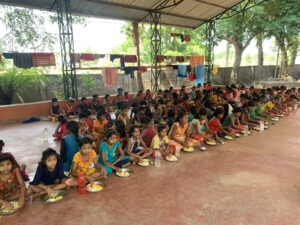
The SEED Kanyashram School in Odisha/India was founded in 1998 by the Indian NGO NYSASDRI. Here, indigenous girls of the Koya tribe could receive school
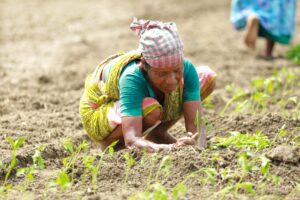
In India, the “new poor” are mainly people who live in rural areas and belong to marginalized groups. Poverty caused by the COVID-19 pandemic exacerbates
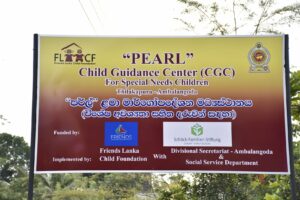
After a long lockdown in the country, the day care center for children and young people with disabilities was successfully opened on March 8, 2022.
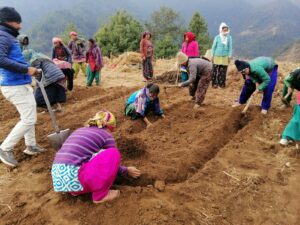
The aim of this community project is to enable the women of the village to shape their own lives. Malnutrition is a problem, especially in
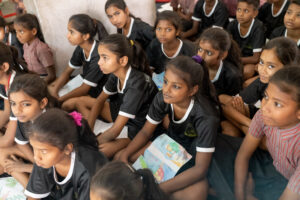
Climate change knows no borders and is significantly influenced by populous countries like India. However, environmental education has not yet found a sufficient place in

Despite compulsory schooling since 1975, only 89% of children in Nepal are enrolled in primary school. Poverty and social status have an impact on education
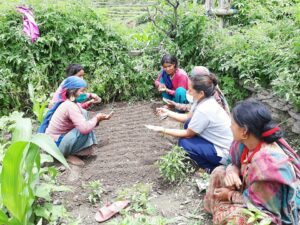
In the severely disadvantaged community of Bhee in Mugu, a remote mountainous district in the Karnali region in northwestern Nepal, an agricultural project is intended
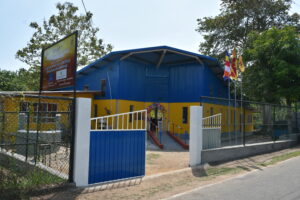
Children with physical and/or mental disabilities still receive very little attention in Sri Lanka. Families with a disabled child therefore often live on the fringes
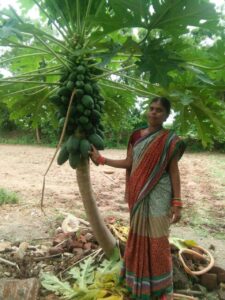
The Bolangir region is one of the poorest regions in India. The majority of the population here lives in rural areas. The most marginalised population
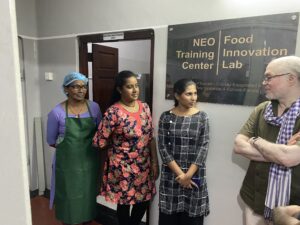
The unprecedented rate of urbanization over the past decade in the post-war North Province of Sri Lanka has led to disruptive ecosystem changes. The policy
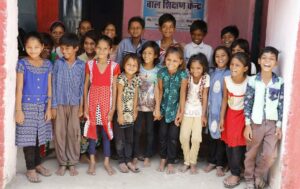
In India, access to education is a major problem and a major obstacle to securing children’s rights. Discrimination by the caste system and against women
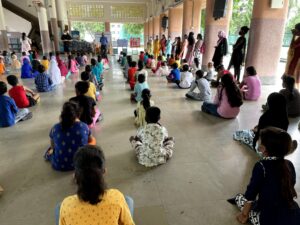
The Schöck-Familien-Stiftung, together with the city of Stuttgart, which has a city partnership with Mumbai, supports an educational program for children from the slums in
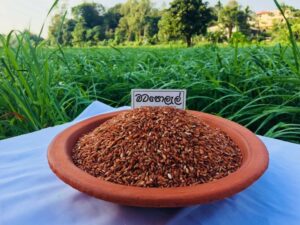
Sri Lanka is in an economic, ecological and social crisis. The lack of foreign exchange and the island state’s high level of debt have made
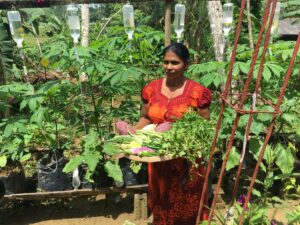
The home garden project in Dambula and the surrounding area follows the holistic approach of sustainable organic horticulture and is intended to ensure the nutrition